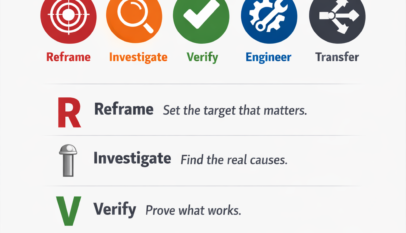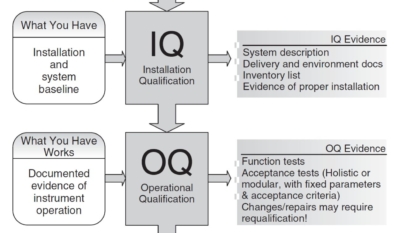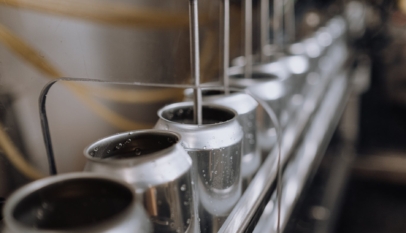Each of the 4-M conditions established in Step 7 must be controlled to ensure 100% quality. However, they are usually very numerous, and the time required to check all of them can strain available resources. To make them manageable, they must be fixed (made so that they cannot change with time and do not need to be checked so often) and consolidated (grouped to reduce their number) following the procedure shown in Figure “Basic Approach to Consolidating Checks.”
(1) Consolidating static precision checks
Starting at the top with the quality defect phenomenon, we must identify the entire causal system, branching right down to the fundamental underlying causes, and standardize the condition checks as close to the top level as possible, bearing in mind the nature of the equipment and whatever easy measurement procedures are currently available.
(2) Consolidating dynamic precision checks
Measuring vibration is an easy and effective way of checking many conditions that lead to surface defects, such as imperfect finishing. It allows us to integrate a large number of checks. (See Table “Example of Check Consolidation in Chemical Plant”)




















